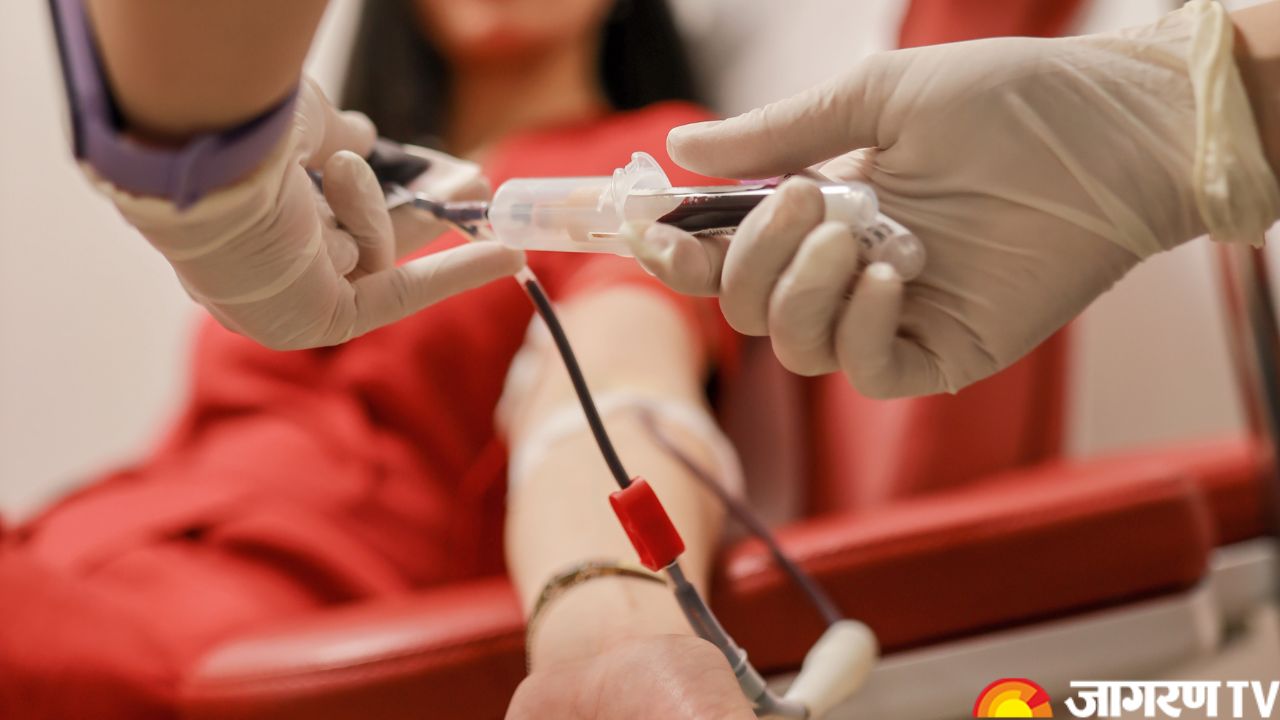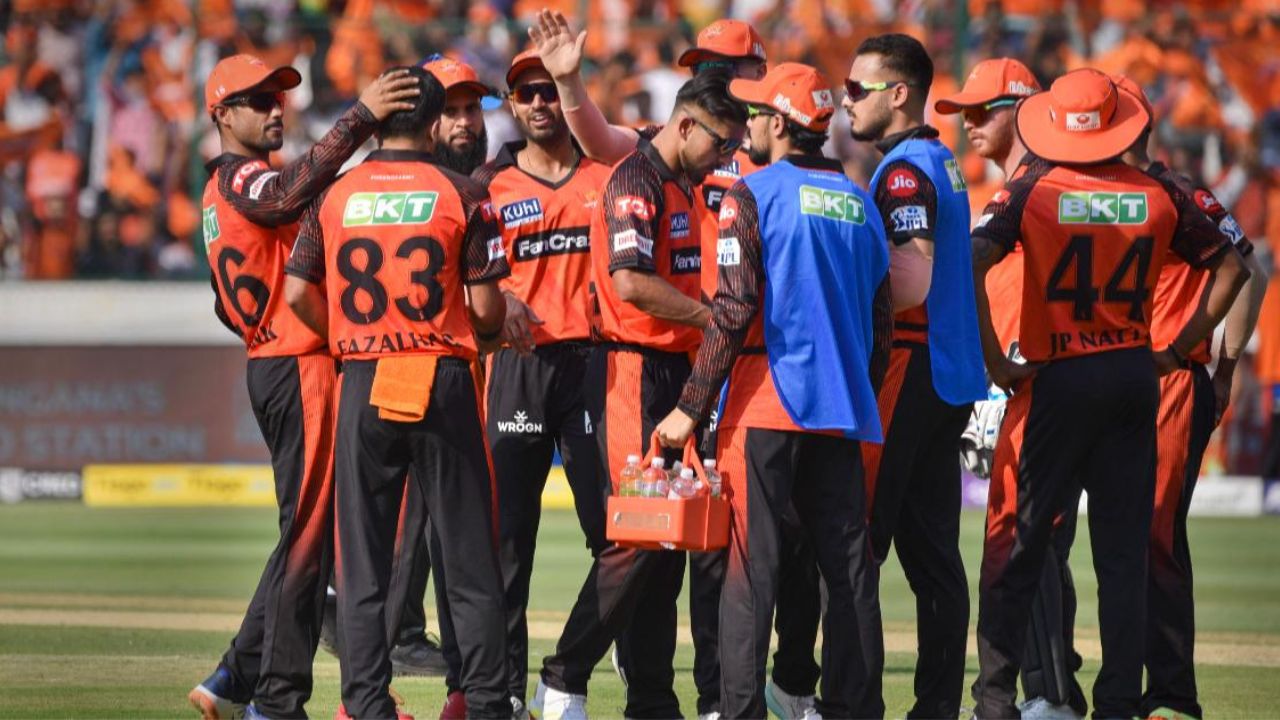World Blood Donor Day 2025: Understanding Blood Transfusion, Donors, Recipients, Rare Blood Types and More

World Blood Donor Day 2025: Every year, on June 14th, the world comes together to commemorate World Blood Donor Day. This major day is a global tribute to the altruistic people who donate blood, saving the lives of countless patients. It also seeks to promote awareness of the ongoing need for safe blood and blood products, as well as to urge more individuals to become regular, voluntary, unpaid blood donors.
World Blood Donor Day 2025 Theme
This year, 2025, the World Blood Donor Day theme is “Give blood, give hope: together we save lives.” This theme highlights the life-changing impact of blood donors, honours community and unity, and motivates both new and regular donors to help save lives.
World Blood Donor Day History
World Blood Donor Day was established in 2004 by four major international organisations: the World Health Organisation (WHO), the International Federation of Red Cross and Red Crescent Societies, the International Federation of Blood Donor Organisations, and the International Society of Blood Transfusion. It was formally adopted by the fifty-eighth World Health Assembly in 2005.
The date of June 14th commemorates the birth of Karl Landsteiner (1868-1943), an Austrian biologist and physician. Landsteiner is usually regarded as the “founder” of modern blood transfusion due to his significant discovery of the ABO blood groups in 1901. His breakthrough, along with Alexander S. Wiener’s 1937 discovery of the Rhesus (Rh) factor, revolutionised transfusion medicine by allowing blood to be transfused safely without compromising the patient’s life.
Blood Types and Transfusion
Blood is a complex, life-sustaining fluid that circulates throughout our bodies, transporting oxygen and minerals while eliminating waste. While every human's blood performs the same basic activities, it is not identical. The discrepancies are due to the presence or lack of certain proteins, known as antigens, on the surface of red blood cells. These antigens determine a person’s blood type.
The two major classification systems for blood are the ABO system and the Rh system.
ABO Blood Groups
There are four main blood types in the ABO system:
Type A: Red blood cells carry A antigens, and plasma contains anti-B antibodies.
Type B: Red blood cells carry B antigens, while plasma contains anti-A antibodies.
Type AB: Red blood cells contain both A and B antigens but no A or B antibodies in the plasma.
Type O: Red blood cells lack A and B antigens, but plasma contains anti-A and anti-B antibodies.
Rh Factor
In addition to the ABO system, blood is classified as Rh-positive (Rh+) or Rh-negative (Rh-), based on the presence or absence of the Rh antigen.
Combining these two techniques gives the eight most frequent blood types: A+, A-, B+, B-, AB+, AB-, O+, and O-.
How Donors and Receivers are Selected?
A blood transfusion is a medical operation in which donated blood or blood components are infused into the patient’s bloodstream. A successful transfusion requires the donor’s blood to be compatible with the recipient’s blood. Mismatched blood types can cause a strong immunological response in which the recipient’s antibodies assault the transfused red blood cells, potentially leading to fatal reactions.
Universal Donor (Red Blood Cells)
O-negative blood is considered the universal donor for red blood cells since it lacks A, B, and Rh antigens, making it generally compatible with all blood types in emergencies.
Universal Recipient (Red Blood Cells)
AB-positive blood is known as the universal recipient of red blood cells because it contains both A and B antigens and neither anti-A or anti-B antibodies, allowing it to accept red blood cells from all ABO blood types.
It’s worth noting that, while O-negative blood is a universal donor for red blood cells, the plasma contains both anti-A and anti-B antibodies. In contrast, AB blood, while a universal recipient for red blood cells, produces no antibodies against A or B cells, allowing AB plasma to be administered to people with A, B, AB, or O blood types. To assure compatibility, exact blood typing and cross-matching are performed before each transfusion.
Rare Blood Groups
Beyond the basic ABO and Rh systems, there are approximately 300 minor blood groups and 600 recognised antigens, resulting in a wide range of diversity. Some people have rare blood types, defined by the absence of high-frequency antigens or the presence of odd antigen combinations.
Rare blood types include the Ro subtype, which is frequently used to treat sickle cell patients, and the extremely rare “Bombay” (Oh) phenotype. The rarity of a blood type might also differ geographically.
How to Donate Blood?
Donating blood is a simple process that has a significant impact. Eligible donors must be in good health, meet specific age and weight standards, and have normal haemoglobin levels. There are also specified deferral periods for certain health issues, medications, recent travel, and dental treatments.
Donors receive a mini-health assessment, and consistent donations can help control iron levels, perhaps benefiting cardiovascular health. Most significantly, it promotes altruism and community spirit by recognising that a single donation can save up to three lives.









